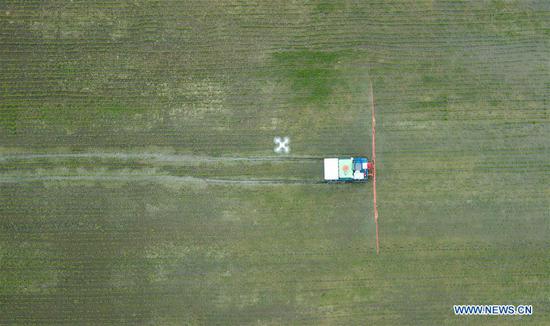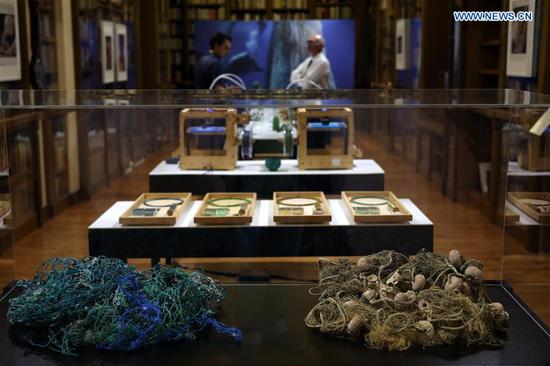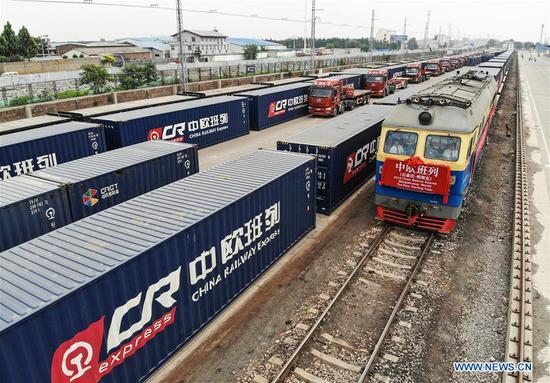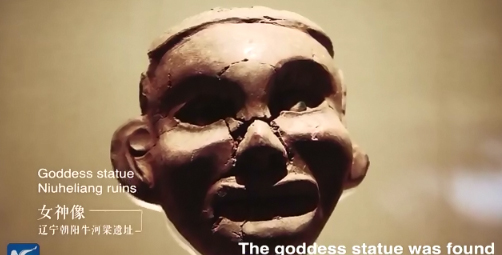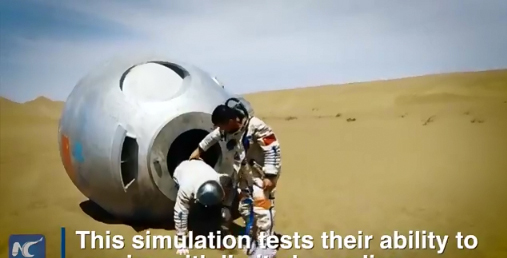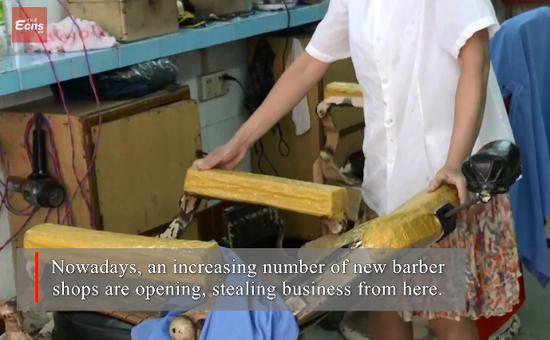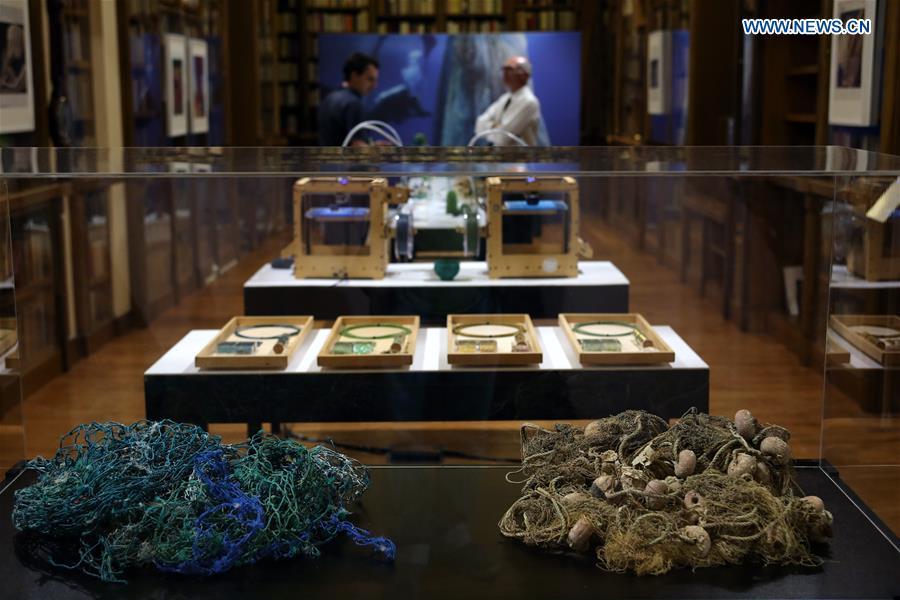
Photo taken on May 31, 2018 shows ghost nets during the exhibition "Second Nature" in Athens, Greece. The ghost nets, the deadliest ocean trash and a major environmental threat worldwide, were transformed into 3D printed seashells in an exhibition entitled "Second Nature" held in Athens to raise awareness on marine plastic pollution. It is quite common for fishermen to lose or abandon their fishing nets in the sea -- these are the so-called ghost nets. They remain on the bottom of the sea for years forming dangerous traps for fish and marine mammals. (Xinhua/Marios Lolos)
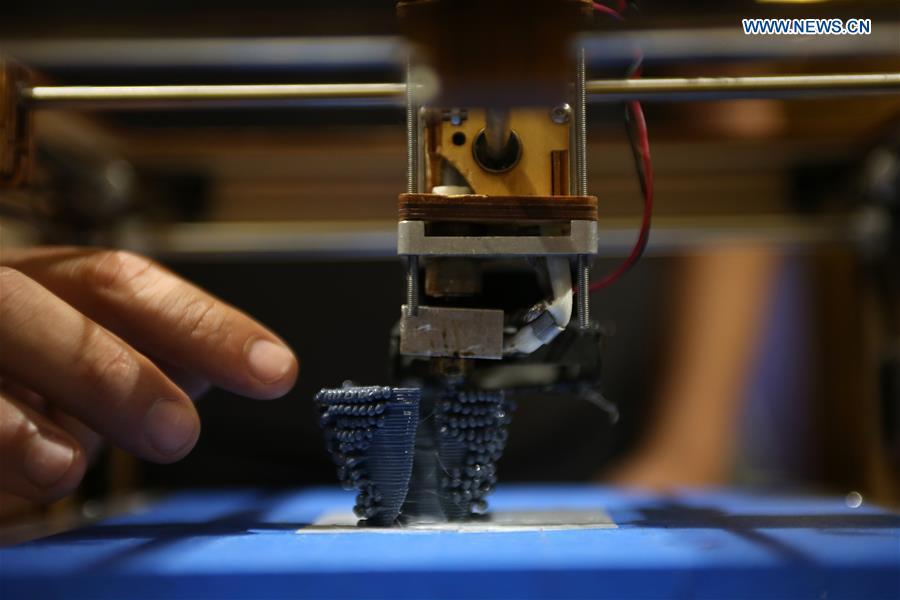
A 3D printer processes a ghost net during the exhibition "Second Nature" in Athens, Greece, on May 31, 2018. The ghost nets, the deadliest ocean trash and a major environmental threat worldwide, were transformed into 3D printed seashells in an exhibition entitled "Second Nature" held in Athens to raise awareness on marine plastic pollution. It is quite common for fishermen to lose or abandon their fishing nets in the sea -- these are the so-called ghost nets. They remain on the bottom of the sea for years forming dangerous traps for fish and marine mammals. (Xinhua/Marios Lolos)
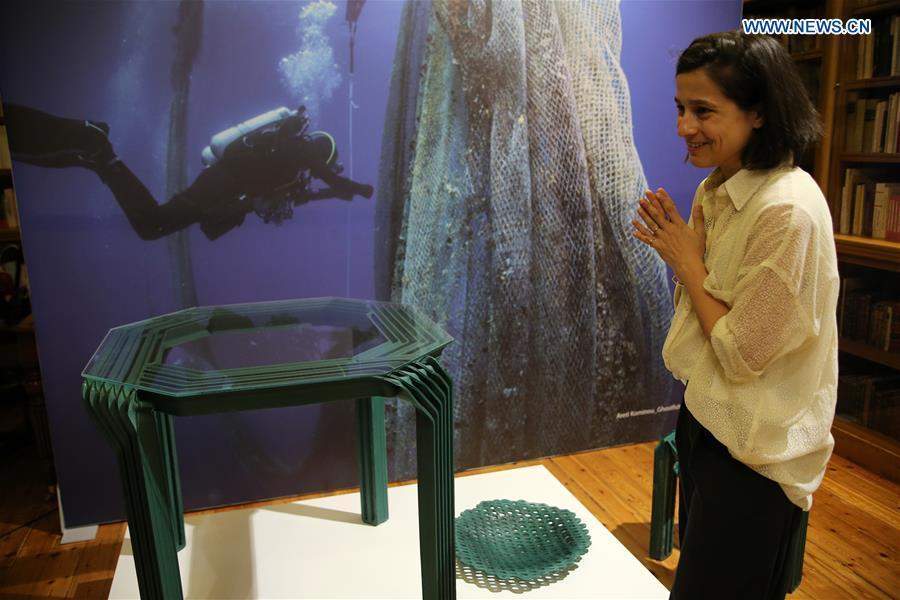
Fotini Setaki, Greek architect and founder of the design and research studio New Raw, stands next to a 3D-printed table during the exhibition "Second Nature" in Athens, Greece, on May 31, 2018. The ghost nets, the deadliest ocean trash and a major environmental threat worldwide, were transformed into 3D printed seashells in an exhibition entitled "Second Nature" held in Athens to raise awareness on marine plastic pollution. It is quite common for fishermen to lose or abandon their fishing nets in the sea -- these are the so-called ghost nets. They remain on the bottom of the sea for years forming dangerous traps for fish and marine mammals. (Xinhua/Marios Lolos)
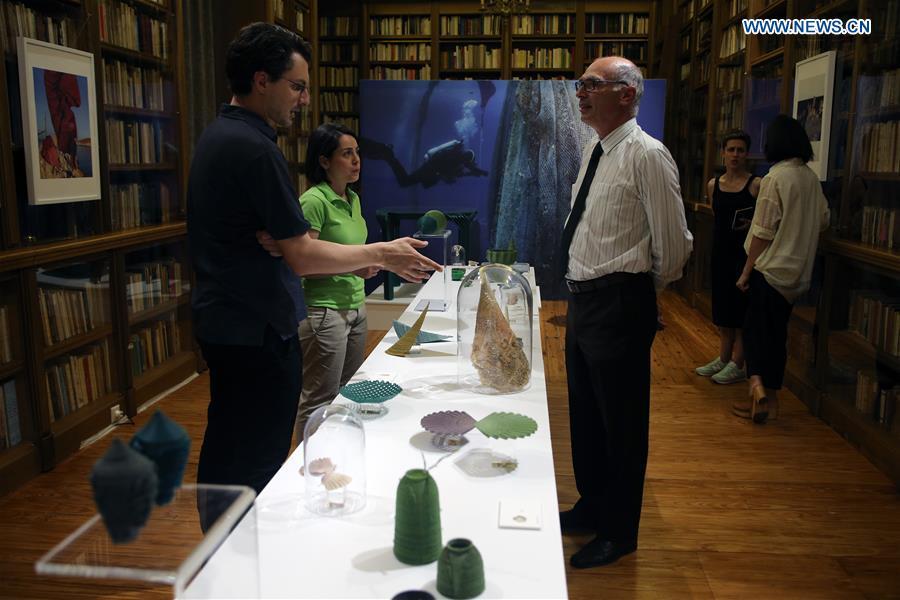
3D-printed objects made by marine plastics and ghost nets are on display during the exhibition "Second Nature" in Athens, Greece, on May 31, 2018. The ghost nets, the deadliest ocean trash and a major environmental threat worldwide, were transformed into 3D printed seashells in an exhibition entitled "Second Nature" held in Athens to raise awareness on marine plastic pollution. It is quite common for fishermen to lose or abandon their fishing nets in the sea -- these are the so-called ghost nets. They remain on the bottom of the sea for years forming dangerous traps for fish and marine mammals. (Xinhua/Marios Lolos)
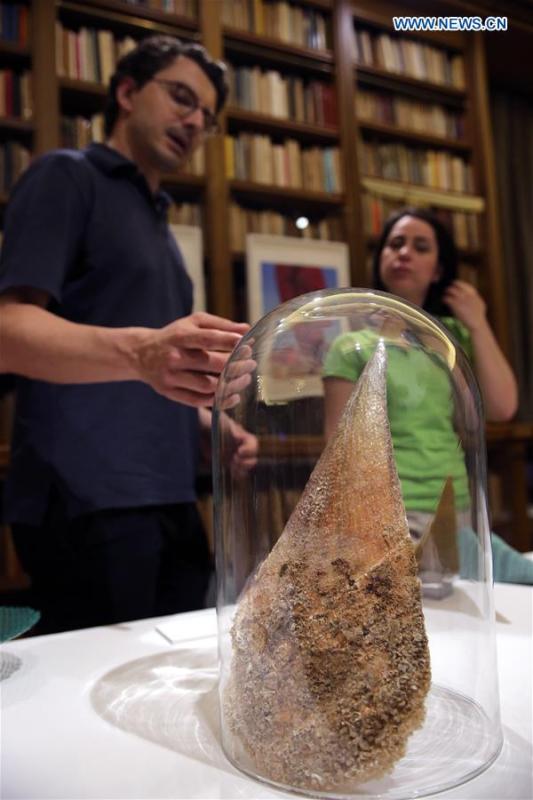
Panos Sakkas (L), co-founder of the design and research studio New Raw, presents a seashell during the exhibition "Second Nature" in Athens, Greece, on May 31, 2018. The ghost nets, the deadliest ocean trash and a major environmental threat worldwide, were transformed into 3D printed seashells in an exhibition entitled "Second Nature" held in Athens to raise awareness on marine plastic pollution. It is quite common for fishermen to lose or abandon their fishing nets in the sea -- these are the so-called ghost nets. They remain on the bottom of the sea for years forming dangerous traps for fish and marine mammals. (Xinhua/Marios Lolos)
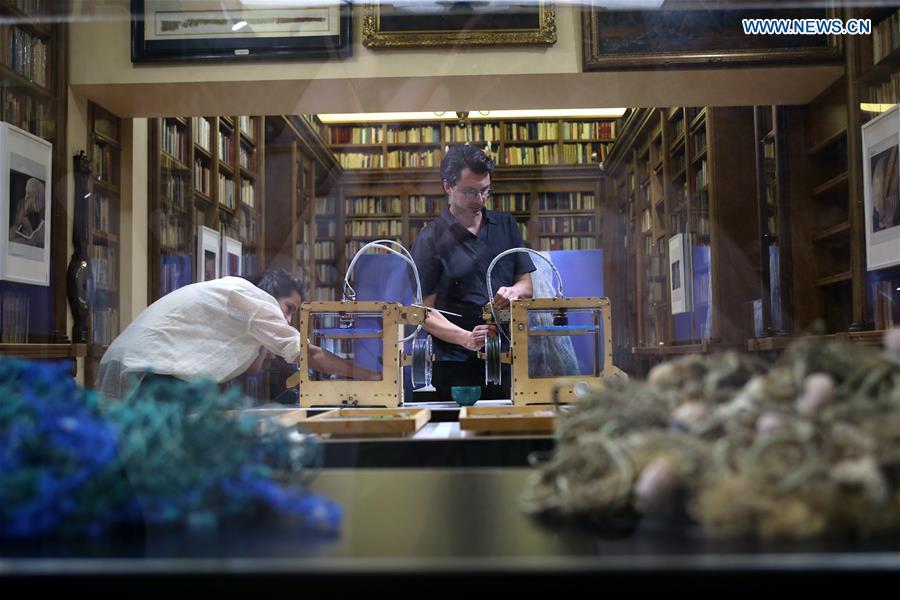
Fotini Setaki (L) and Panos Sakkas, co-founders of the design and research studio New Raw, set up a 3D printer during the exhibition "Second Nature" in Athens, Greece, on May 31, 2018. The ghost nets, the deadliest ocean trash and a major environmental threat worldwide, were transformed into 3D printed seashells in an exhibition entitled "Second Nature" held in Athens to raise awareness on marine plastic pollution. It is quite common for fishermen to lose or abandon their fishing nets in the sea -- these are the so-called ghost nets. They remain on the bottom of the sea for years forming dangerous traps for fish and marine mammals. (Xinhua/Marios Lolos)







